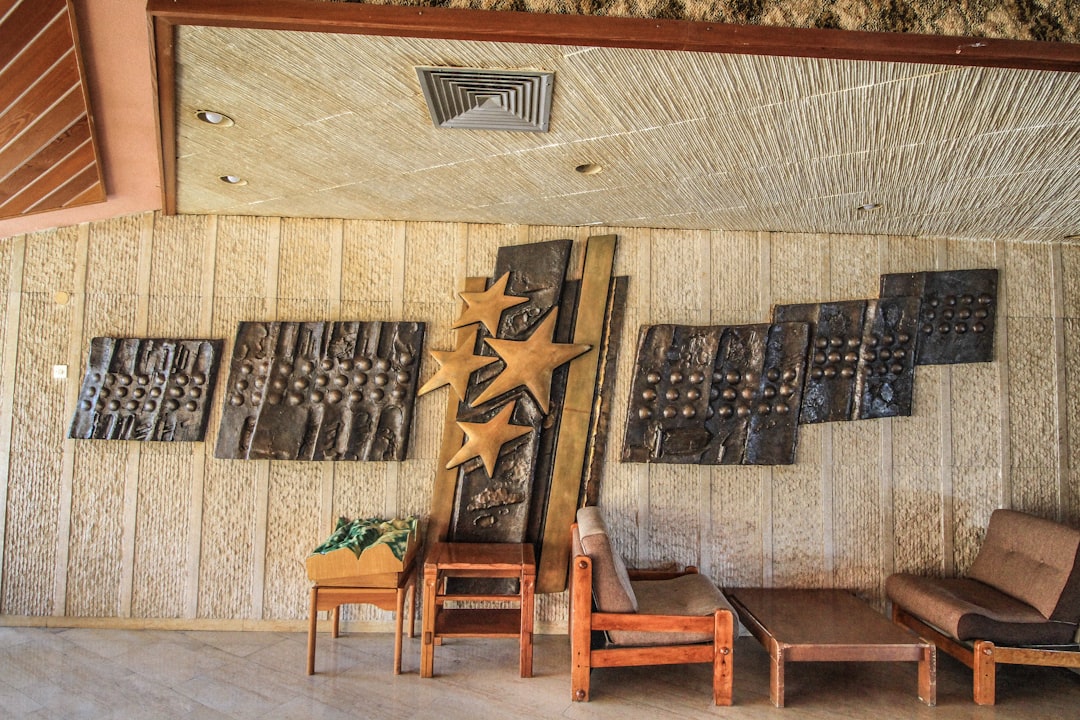What is it about?
This paper examines the 'interests' and 'perspectives' of a regional party hierarchy, a local Communist Council administration, and the industry-based radicalism of local shipyard environments and interests. It also looks at the way in which, as and when necessary, those elements instantly came together in solidarity and resolve.
Featured Image
Why is it important?
This paper enables us to fine-tune our understandings of early post-war communist party culture. The empirical evidence contradicts the notion of a seamless democratic centralist system as we know it. Instead it strongly suggests that comrades at all levels of the federational structure in question were continuously involved in very real and conscious decision-making processes.
Perspectives
I very much enjoyed writing this article as it enabled me to isolate and examine more closely a particular phenomenon observed during the course of the research. I think that the strength of micro-historical case studies such as these lies in bringing to light hitherto aspects of a given subject. And I hope that the reader will enjoy examining the different aspects of this account, and relating them to wider questions and positions.
Dr Fiona Haig
University of Portsmouth
Read the Original
This page is a summary of: Democratic centralism or ‘centres’ of power in the French Communist Party Var Federation? A glimpse of party culture in 1956, Modern & Contemporary France, January 2016, Taylor & Francis,
DOI: 10.1080/09639489.2015.1118369.
You can read the full text:
Contributors
The following have contributed to this page










